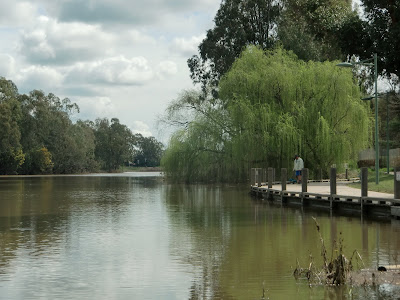in singapore, there are four ways to get your car washed. you can choose to wash it yourself; you can delegate your domestic help, if you have one, to do it for you; you can have it hand washed by workers at a car-wash, which is usually at a petrol station; or you can pay a car-washer to do the job on a regular basis, usually 4 or 5 days a week.
when you do the washing yourself, it is usually more thorough and you derive a certain amount of satisfaction as you inspect your car's bodywork after the job is done. at the same time, it gives you a good workout. if you live in a housing and development board (hdb) flat, you can do it at the car-wash bay, where you pay 25 cents, using the cash card, to collect about two pails of water. you can also opt to wash your car at a shady spot downstairs, with a pail of water taken from your flat. most of these do-it-yourself car washers own new cars or are first time car owners.
i have seen maids washing cars as early as 5.30 a.m. in the morning. the master or 'madam' will usually try to have the car parked on the level of the wash bay but sometimes the maid has to struggle with the two pails of water up to the 3rd or 4th level of the car-park. the maids are usually given the key to the car so that they can also clean up the interior. is washing car a household chore?
most car-washes at petrol kiosks have done away with the mechanical and automatic washing system. i wonder if it is because the tracks can cause damage, like scratches, to the body of the car. what had happened to the system that used those giant brushes, heavy rollers and mountains of suds as you drove your car through a tunnel? nowadays, they proclaim very loudly 'hand wash' and they employ a few workers, mostly mainland chinese, to do the washing by hands. i think the amount they charge depends on the services you ask for.
where i live, there is still this indian man who charges about $40 a month to wash the car on week days' evening. i think he has an assistant. he does not get his water from the wash bay in the car-park. he does not pay for the water that he uses to wash the cars. he has this mechanical device that allows him to tap on the water used by the cleaners. i wonder if those car-owners are aware that they are unwittingly abetting him in doing something illegal. i have also seen some authorised car washers stationed at certain hdb car-parks.
in my next blog posting, i will write about car washing in melbourne.















































